I suggest taking a look at (the first part of) this paper. Regular dropout is applied on the inputs and/or the outputs, meaning the vertical arrows from x_t and to h_t. In your case, if you add it as an argument to your layer, it will mask the inputs; you can add a Dropout layer after your recurrent layer to mask the outputs as well. Recurrent dropout masks (or "drops") the connections between the recurrent units; that would be the horizontal arrows in your picture.
This picture is taken from the paper above. On the left, regular dropout on inputs and outputs. On the right, regular dropout PLUS recurrent dropout:

(Ignore the colour of the arrows in this case; in the paper they are making a further point of keeping the same dropout masks at each timestep)


